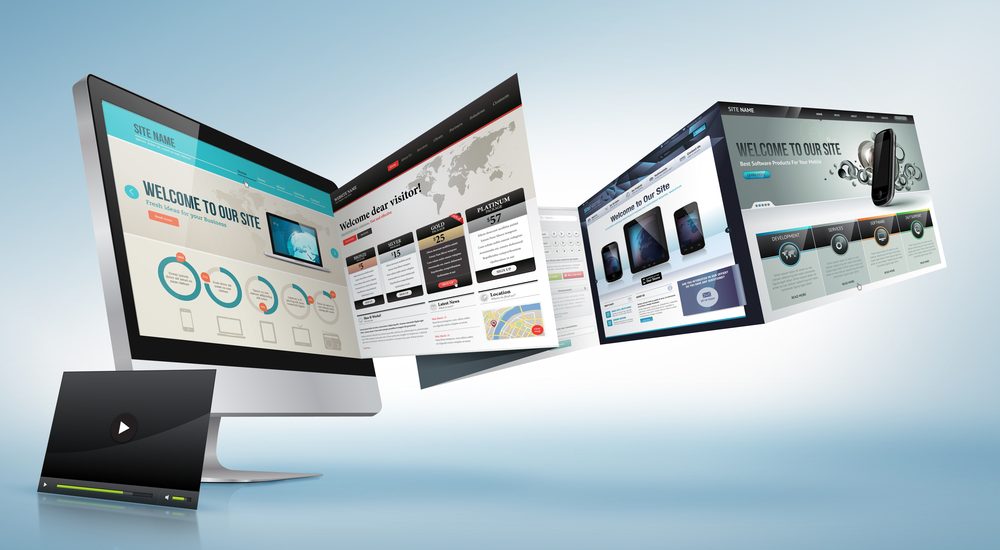What is Wireframe in Software Development. Should I do it?
- November 26, 2020
- Posted by: TOLS Multimedia
- Category: Web Design

There are many steps involved in custom software development to make sure that users have a positive experience and that project objectives are met from a business point of view. In order to accomplish both these things, software developers work on what is called wireframing. It is the architecture of information to ensure that users understand web/software functions and see what you want them to see.
What is Wireframe in Software Development?
Think of wireframing in web development. Wireframing is essentially building the skeleton of your website. The wireframes provide the layouts that specify the site features, size and placement of the web page elements, overall functionalities, and intended behaviors. It sets down the structure of your website before adding in the colors and font. Wireframing is meant to grasp the viewer’s attention on the elements that you prioritize.
For example, if you want your users to focus on the new items of your online store, then you will have a large element on the home web page meant for users to click on as soon as they visit your website meant for that purpose. Navigation elements, menu bars, and search functions are also part of the wireframing process.
Now, let’s go back to software development
As you noticed in the web development example, wireframing serves to outline the black and white structure of the website to test its functionality. It’s the same for software development. It establishes the logical structure of the program or app being developed. This step makes it easier to adapt to the final product where user needs and business objectives will be met.
Types of wireframes
Static: Static wireframing is the very first draft that highlights the elements that will be included. Content and design are not the focus.
Dynamic: In dynamic wireframing, the organizational structure of the pages are being defined. Functionalities can start being tested at this stage.
Should I Do It?
The short answer is yes.
The wireframing phase is not only essential. Once you’ve completed it, you will notice how much time it will have saved you from the overall development process. You can start wireframing once you collected enough information about the user goals and motivations, and created a sitemap to start setting up the functions and page hierarchy.
Use it as a prototype
Wireframing also allows you to get a glimpse of how the web/software will look, and can check with the client if it’s going according to plan. You can also use it as an early prototype and have it tested by users to see where improvements can be made to better target business needs.
Highlights usability
Wireframing highlights the layout of the web/software and allows user testers, the client, and yourself to focus solely on the ease of use, navigation and feature placement, and naming of links. Since this stage doesn’t have the colorful design aspect integrated as of yet, it’s easier to identify issues that can be quickly resolved and re-center usability.
Creates a step by step process
Wireframing is not only useful for usability, but also for the development team to have a clear structure in their ways of working. There are many steps involved in the overall design process including wireframing and creative design. Wireframing is its own process which allows for progressive feedback from users, clients, and team members before moving onto the creative process. Making adjustments once the whole process is complete is more costly in terms of money and time.
Why not do it?
Some people prefer to skip this step because they feel that elements of the wireframing process can be integrated in other deliverables. Additionally, clients and users won’t necessarily understand what wireframing means so clear communication is necessary before incorporating feedback.
However, as seen above, there are many reasons why you should do it. It’s the blueprint of the page structure and information architecture.
Related Content >> Latest updates to WordPress 5.5
Conclusion
You might be tempted to skip these steps if you have never tried wireframing yourself. At first glance, it seems time consuming and too technical for clients to try to understand, and you don’t want to waste any more time. But like any other project, defining its basic outline prevents mistakes that are too late to be resolved and avoids additional stress and longer working hours due to missed deadlines.
The most efficient way of working is by having a clear step by step process to create the best version of the product imagined, and adapt it with the feedback received while you still can.
